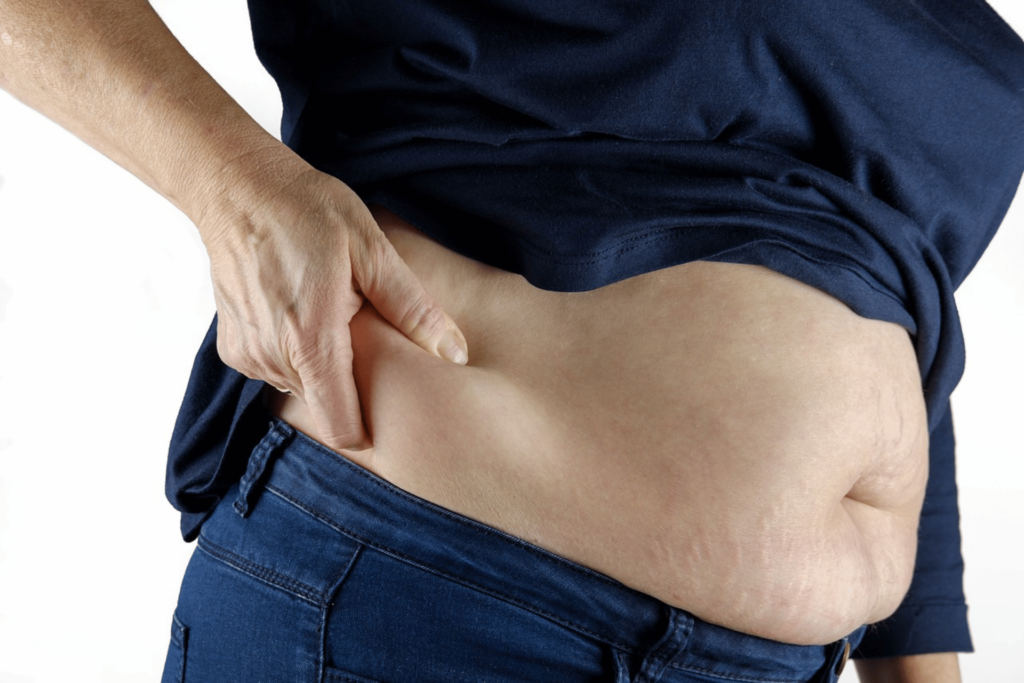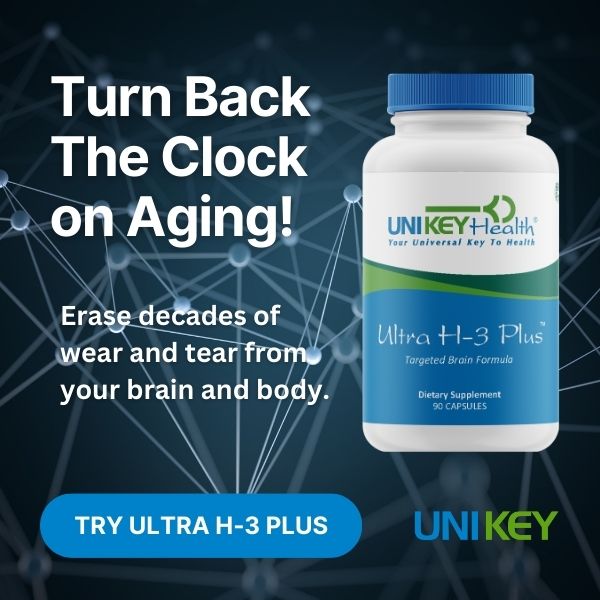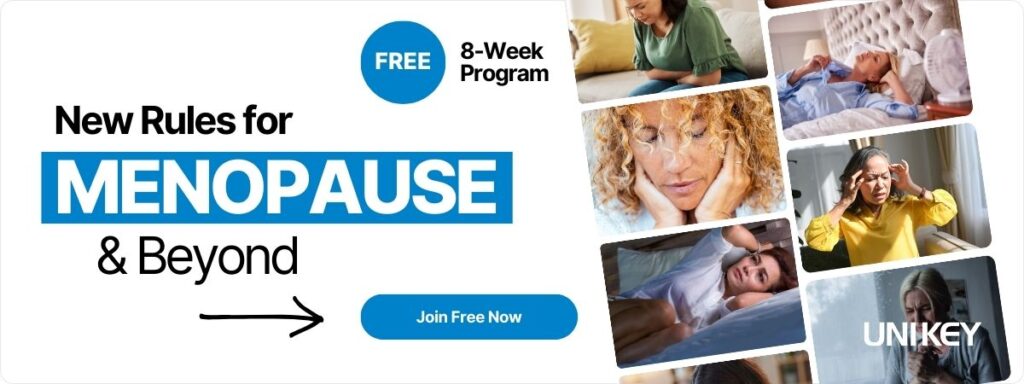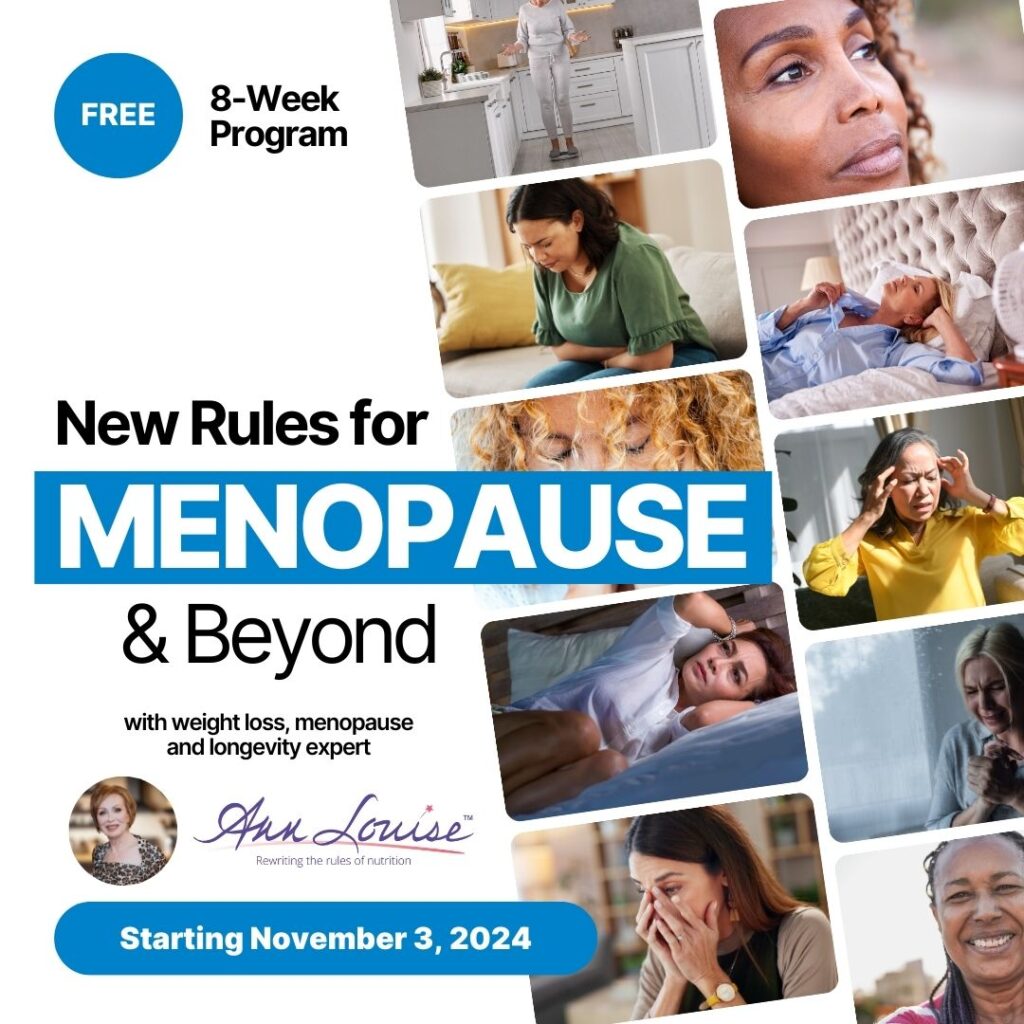Before you turn to prescription painkillers and muscle relaxers for your aching back, try these helpful hacks first!
If you woke up with a stiff and sore back this morning, you are far from alone. More than 80 percent of us experience low back pain at some point in our adult lives, and more than 264 million work days are lost to this common malady in just one year, making it the second most common disability. For 1 in 5 of us, that back pain becomes chronic.
Unfortunately, mainstream medicine has few successful answers to this common problem. According to a study done of more than 1400 patients, after 2 years only 26 percent of people who had back surgery were able to return to work, compared to 67 percent of patients who chose not to have the surgery. This translates to a 74 percent failure rate for back surgery! If that isn’t enough to concern you, there was a 41 percent increase in the number of patients who used painkillers – including the highly addictive opiates – after back surgery.
Before you turn to potentially addictive painkillers and possibly ineffective back surgery, consider using out-of-the-box innovative alternatives – beyond pain creams and fish oil. I believe the key to relieving back pain is found in reducing inflammation and understanding the true cause of your pain. I know some of you can’t even imagine life without back pain, but trust me, there’s hope even for those of you feeling completely hopeless.
Dr. John Sarno and Tension Myositis Syndrome
John Sarno, MD was one of the most brilliant back pain specialists I have encountered. His success rate 2 years out from treatment was 76 percent with no back pain whatsoever, and that’s with no surgery and no medications. The 16 percent of patients who didn’t improve at all simply refused believe what he was telling them was the root cause of their pain.
Dr. Sarno’s curiosity over the true source of back pain came after examining the imaging of a group of people who were actively experiencing pain, compared to people with no back pain at all. He found some of the group in pain had better x-rays than the group with no pain. And in the group with no pain, some had such bad x-rays it was a wonder they weren’t in extreme pain. This led him to dig deeper, and what he found may surprise you.
Most people have been taught to believe that they have done something to injure their backs, and Dr. Sarno found the back is not as fragile of a structure as we have been brainwashed into believing. His research led him to the conclusion that back pain is not caused by disc disease, degeneration of the spine, bone spurs, or pinched nerves. (Incidentally, no x-ray, myelogram, or CT scan can show a nerve being pinched or pressured.) It is NOT a structural abnormality of the spine that causes most back pain.
What he found is that first, a small group of blood vessels constricts, resulting in ischemia, which is a lack of blood flow and oxygen to a localized area, and results in the affected muscle spasming painfully. Chemical wastes accumulate, which is also painful. Finally, because the oxygen supply to the surrounding nerves is cut off, those nerves cause extreme pain. This pain can start anywhere from the back of the neck and extend all the way down to your buttocks. If any of the nerves extend beyond the spine, then you have pain that travels to arms and legs, and causes numbness and tingling.
Dr. Sarno called this Tension Myositis Syndrome, because what sets off the initial constriction of blood flow is tension. This physiological process is set off by anxiety; because we are taught from a young age to not express anxiety, or be considered uptight or nervous, the brain has to direct the anxiety and tension to some place in the body. This tension has to reach a certain level, either through stress or injury, to result in pain. A back injury usually heals itself in a matter of weeks, but if it serves as a trigger, the brain will use it to store anxiety, anger, and even rage. Because the pain itself produces tension, it can quickly escalate into a vicious cycle that increases into disability.
My 3 Step Process for Relieving Back Pain
Whether your pain just set in a few minutes ago or you’ve been suffering for years, there are 3 simple steps I recommend you take to get relief.
Step 1. Acknowledge the Root Cause
If you are a hard working perfectionist, your own worst critic, carry the weight of the world on your shoulders, or have other tension-related conditions like headaches, asthma, allergies, skin problems, digestive issues, or peptic ulcers, then you are representative of Dr. Sarno’s typical back pain patient. The average patient he saw, before his passing at age 93, had been experiencing back pain for at least 8 years and had some type of imaging to back up the structural cause of their pain.
You need to question everything you’ve been told is the cause of your pain and consider you may have Tension Myositis Syndrome, and that your structural issue is not the primary cause of your back pain. By doing this, you are basically telling your brain you no longer want to express your anxiety and tension physically. For some people, just shedding light on what’s actually going on is enough to see some relief from the pain. But for others, additional psychotherapy is needed to develop healthy ways to express anxiety, stress, and tension without needing your body to express it for you.
Step 2. Stimulate Your Vagus Nerve
Vagus nerve stimulation is another way to relieve tension and inflammation in the back. The vagus nerve is the longest cranial nerve in the body, stretching from your brainstem all the way down into your facial muscles, throat, heart, lungs, diaphragm, stomach, and intestines. The vagus nerve is a key player in the mind-body connection, carrying signals from the nerves and neurotransmitters in your gut to your brain, and vice versa.
What happens in the vagus, doesn’t stay in the vagus – it has wide-reaching effects throughout your entire body, with the ability to reduce your overall inflammation levels once it’s stimulated. Activating your vagus nerve modulates the immune system and releases hormones and enzymes like acetylcholine and oxytocin. The end result is lower inflammation, more relaxation, better memory, and more energy.
While implanted devices that directly stimulate the vagus nerve are not yet approved for back pain, there are ways you can indirectly stimulate your vagus nerve to relieve tension, stress, and inflammation. The easiest one to start with is stimulating the diving reflex by splashing cold water on your face, all the way from your hairline to your chin. This reflex increases blood flow to your brain, slows your heart rate, and relaxes your body while reducing anger. Other techniques that work include humming, meditation, and breathing techniques where your exhale is twice as long as your inhale.
Step 3. Increase Circulation and Fight Inflammation
Once you realize the cause of your pain is the ischemia and resulting inflammation, there are easy ways to increase blood flow and reduce inflammation. The first place I like to start is with vitamin B12, also know as the “painkiller vitamin.” The most effective form is Methyl B12, and I recommend at least 1500 mcg per day to fight back pain.
In some countries, vitamin B12 is used much like we use aspirin or ibuprofen – as a pain reliever. It works 2 ways – first, it increases the oxygen-carrying capacity of your blood by boosting your red blood cell count. This means more oxygen gets to those areas where you are experiencing ischemia and subsequent pain. Second, it’s essential for healthy nerves. It forms the insulation around your nerves known as the myelin sheath and is excellent for relieving nerve pain.
With advancing age often comes age-related back aches first thing in the morning. I reach for GLA (Gamma Linolenic Acid), an essential fat known to reduce inflammation and help make morning back stiffness a thing of the past. I recommend UNI KEY Health’s GLA-90 up to 4 times daily to restore optimal levels.
If you prefer topical remedies, I recommend DMSO (Dimethyl Sulfoxide) rub-on gel or liquid roll-on for back pain and inflammation. When DMSO is applied to the skin, it’s quickly absorbed all the way down to the deeper tissues. Not only is it an antioxidant that promotes healing, but it also draws water out of inflamed tissues to reduce swelling and pain, while tremendously increasing circulation. DMSO has long been used by sports trainers to relieve pain and speed up the healing process for sprains, strains, tendonitis, and even bruising. The important thing to know about DMSO is that it has to be applied to clean skin – it will carry anything on the skin with it down into the tissues, which includes everything from nail polish to dirt.
With back pain comes muscle spasm, and I’m a firm believer in hands-on therapies to relax the muscles and for overall relaxation. Massage with myofascial release; traditional Chinese cupping of the back, which gained popularity during the Olympics; and any of the variety of machines and devices that stretch and extend the lumbar region of the back can be used to help relieve muscle spasms and restore the natural curve to the lower back. Because magnesium deficiency is also a cause of muscle spasm and it has reached epidemic proportions in our country, make sure you supplement with a good quality magnesium like UNI KEY Health’s Mag-Key, taken at least twice daily to keep muscles relaxed.













3 Responses
Good tips. Love Sarno’s work — and yours.
Did not know about the vagus nerve involvement. Excellent information. Thanks
Great info!! Thank you for educating us on how to feel better and heal naturally!!